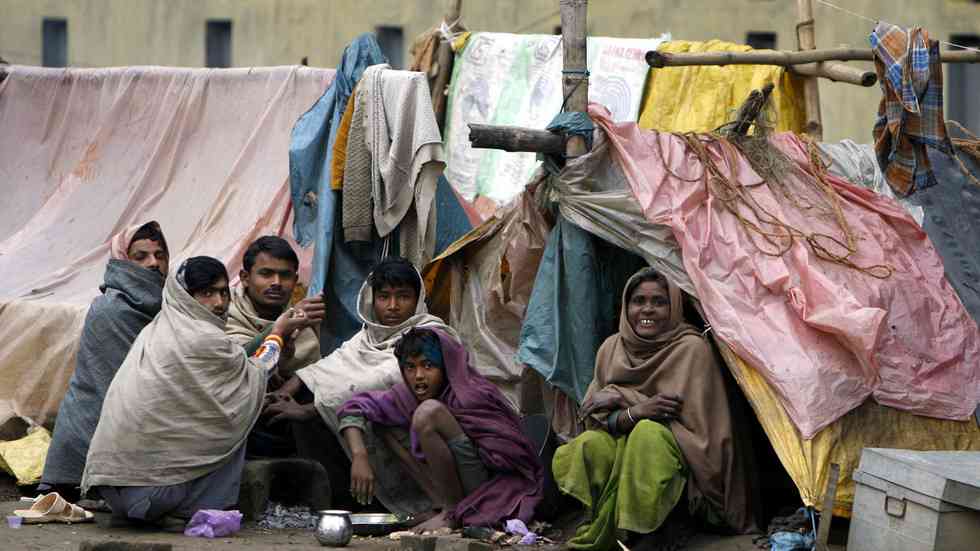India, the second-most populous country in the world, has achieved annual growth exceeding 7 percent over the last 15 years and continues to pull millions of people out of poverty, according to the World Bank.
The country has halved its poverty rate over the past three decades and has seen strong improvements in most human development outcomes, a report by the international financial institution has found.
Growth is expected to continue and the elimination of extreme poverty in the next decade is within reach, said the bank, which warned that the country’s development trajectory faces considerable challenges.
It explained that the South Asian nation will need to achieve greater resource efficiency as it sustains growth, given its resource endowments and large population. Land must be used more productively in urban areas through the spatial transformation of cities to achieve agglomeration economies, and in rural areas through increased agricultural productivity. Water management will need to prepare for shifting water allocation to higher-value uses and for policies to increase the value of water use within sectors.
The World Bank pointed out that 230 million people are not properly connected to the electricity grid. It said that India’s rapidly growing economy needs investment in infrastructure, an estimated 8.8 percent of GDP, or $343 billion a year until 2030.
A particular challenge lies in the country’s declining female labor force participation, according to the bank. It is at about 27 percent and is among the lowest in the world, despite overcoming gender gaps in education, the financial institution said.
